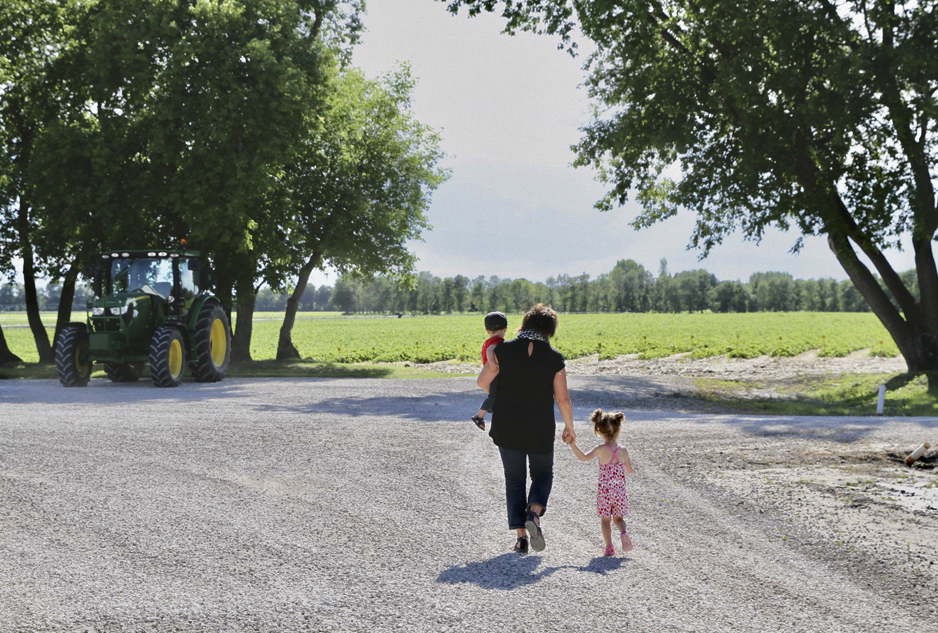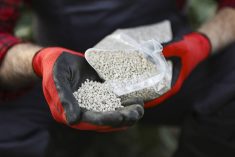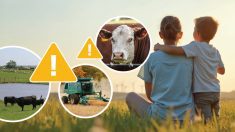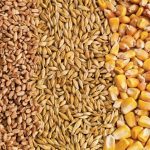Risk taking starts young on the Canadian farm and it persists for a lifetime.
Farmers know why they take risks, too; risk taking can be rewarding. It’s the name of the game in agriculture.
But risk taking in the farm workplace also injures and kills farmers, their family members and workers, too. Compared with other industrial sectors, farming is the most dangerous occupation in Canada in terms of absolute numbers of fatalities.
Brock University professor and epidemiologist, William Pickett, has devoted his career to thinking about what drives injury rates in Canadian agriculture. His work focuses on examining the injury and death rates in farm and rural populations, and leading studies examining the health behaviours and experiences of these groups.
Read Also
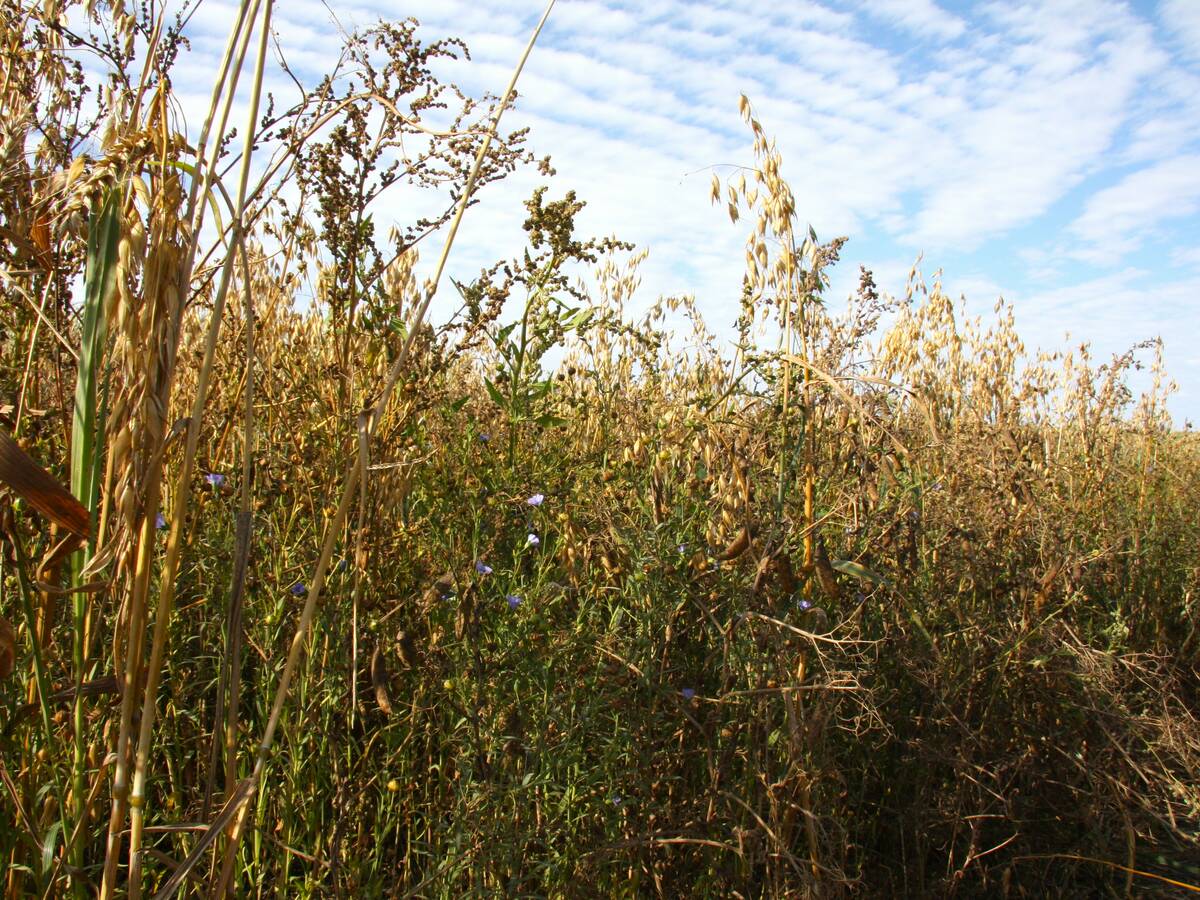
PepsiCo nearly doubles regenerative scope
Another 240,000 farm acres managed through regenerative agriculture will be supported by PepsiCo across Manitoba and Saskatchewan by the end of 2025.
Certainly, the farm is an unforgiving environment with a myriad of hazards. It’s also a unique work environment, not heavily regulated with respect to occupational health and safety standards, and with highly diverse workforces and farming practices.
What Pickett and his colleagues have long wondered is what else may be at play on the farm, however, including whether the risks farmers take in their job sites are also related to farm culture.
What he sees in injury statistics and other studies of the subject is “an evolution of risk and risk taking” among the farm population, he told the recent Canadian Agricultural Safety Association (CASA) online conference.
“Risk starts with the very young,” when small children are brought into the farm worksite and risk taking continues right throughout the lifespan, he said.
Studies show farm teens, especially adolescent boys have high rates of injury and death due to risk-taking behaviours in their formative years. Further along in life, older farmers are also at high risk for injury and fatality in the farm environment.
The vast majority of farm deaths occur among men and boys, an obvious gender-related pattern of injury.
One study that helped researchers better understand how farmers view risk was done in 2018. Farm parents were asked how they decide if, when and how to bring their children into farm work environments.
This was a study done by researchers with the University of Saskatchewan and Queen’s in Ontario, and the U.S.-based Marshfield Clinic Research Foundation. They wanted to understand why parents make those choices, and what it revealed is that farm parents certainly understand the risks associated with having children in their work environment, but weigh those risks against the benefit of having them there, too, said Pickett.
Those benefits were highly valued by the parents, and included things like developing a work ethic in their children and teaching them skills, and an understanding of the farm and agriculture.
Clearly, those are beneficial for the farm and for the family, said Pickett.
“What an outsider might see as a risk bringing a child into the workplace by choice, was… a benefit to the family and child,” he said.
That study provides important insight into how farmers balance risk and reward, and how this informs choices they make throughout their lifetime with respect to work practices, said Pickett.
“There’s something common here that’s unique about farm culture,” he said.
“And that is, risk is sometimes embraced, it’s sometimes rewarded. Farms are rewarded for better productivity for working long hours. They’re rewarded, from a family perspective. Risk taking and our practices can be rewarding both culturally and socially and also economically.”
That’s also where the farm community remains so challenged to reduce its injury and death rates, however.
“The risk taking and the roles that we put people into are, I would argue, driven by culture,” he said.
“And it’s reflected in our injury statistics.”


